With the severe drought we have this year, water conservation is in everybody’s mind. Outdoor water accounts for 60% of residential usage. Reducing landscape watering can make significant impact.
A couple of weeks ago I volunteered at a Lawn to Garden Party in Livermore, organized by StopWaste of Alameda County. The activities were led by the staff and landscape architect of StopWaste. The goal is to help the homeowner replace the thirsty lawn with drought tolerant native plants and at the same time learn from the hands-on process. The conversion is not hard, but it does take some labor such as digging, and moving dirt, compost and mulch. You can do it yourself as weekend exercise or hire a gardener to help some digging and planting.
Sheet mulching is a technique where layers of cardboard or newspaper are placed over soil and topping off with compost and mulch. The cardboard, compost and mulch decompose slowly, providing nutrients to the soil while blocking sunlight to suppress weed growth. It is best done in the fall, particularly in the west coast to take advantage of the rain in the winter months, but it works anytime of the year as well.
There are many different ways of sheet mulching. I think the following method is simple to do.
- Remove bulky invasive plants.
- Water the lawn, especially the area near the driveway and walkway for easier digging.
- Cap unneeded sprinkler heads of the sprinkler system and equip the rest with drip connectors.
- Use a flat-edged shovel to cut the lawn about 10 inches from the edge of the concrete area, and 6 inches below the concrete to keep mulch from spilling onto the concrete.
- Save the sod and soil removed from the edge of the lawn for other uses. One example is to build mounds as landscape features.
- Plant 5-gallon or larger plants according to landscape plan. Some of the removed sod and soil can also be placed around these larger plants.
- Cover lawn with cardboard (or newspaper), overlapping by 8 inches, so that sunlight won’t get through.
- Wet the cardboard thoroughly and work around plants already there.
- Add 1-2 inches compost on top of cardboard.
- Add 3 inches of mulch on top of compost (some tree service would deliver wood chips and dump it on your driveway for free, or order mulch from a nursery).
- Push mulch and compost back, place 4-gallon plants on cardboard (or cut holes in cardboard if plants are too big), and cover root balls with compost and mulch.
- Connect drip irrigation system. Place driplines near plants. Cover the driplines with mulch to prevent sun damage.
Two important points are worth noting. First, do not pile compost or mulch up against tree trunks or stems of plants to prevent disease. Second, drought tolerant plants still require watering for the first 2 years to establish, after that they can survive on their own with little to no watering.




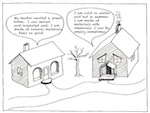
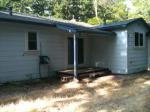
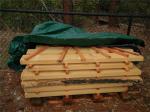
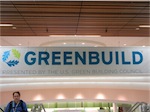
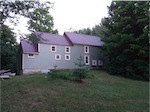
Wow that was odd. I just wrote an really long comment but after I clicked submit
my comment didn’t appear. Grrrr… well I’m not writing all that over again. Anyways, just wanted to say wonderful
blog!